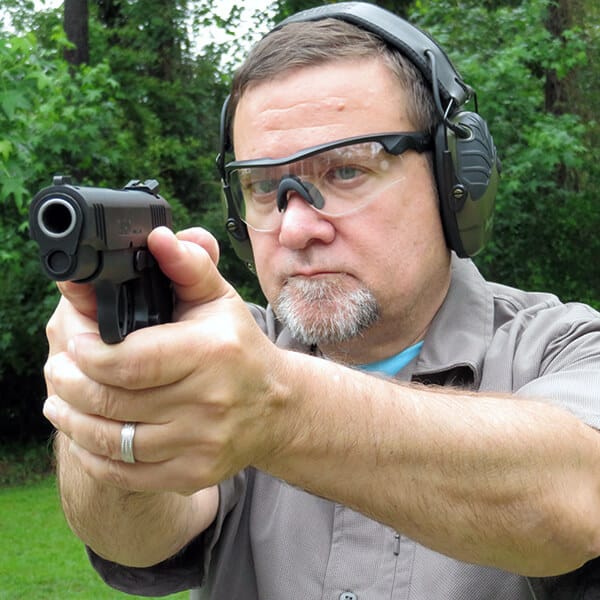The Four Parts of a Cartridge
April 8th, 2024
6 minute read
We might know them as a round, load, bullet, slug, shell, cap, ammo, ammunition or pill. There’s a long list of descriptive words, but they all mean the same thing: cartridge. It can become confusing because some names refer to only a component of the cartridge, like “bullet.”
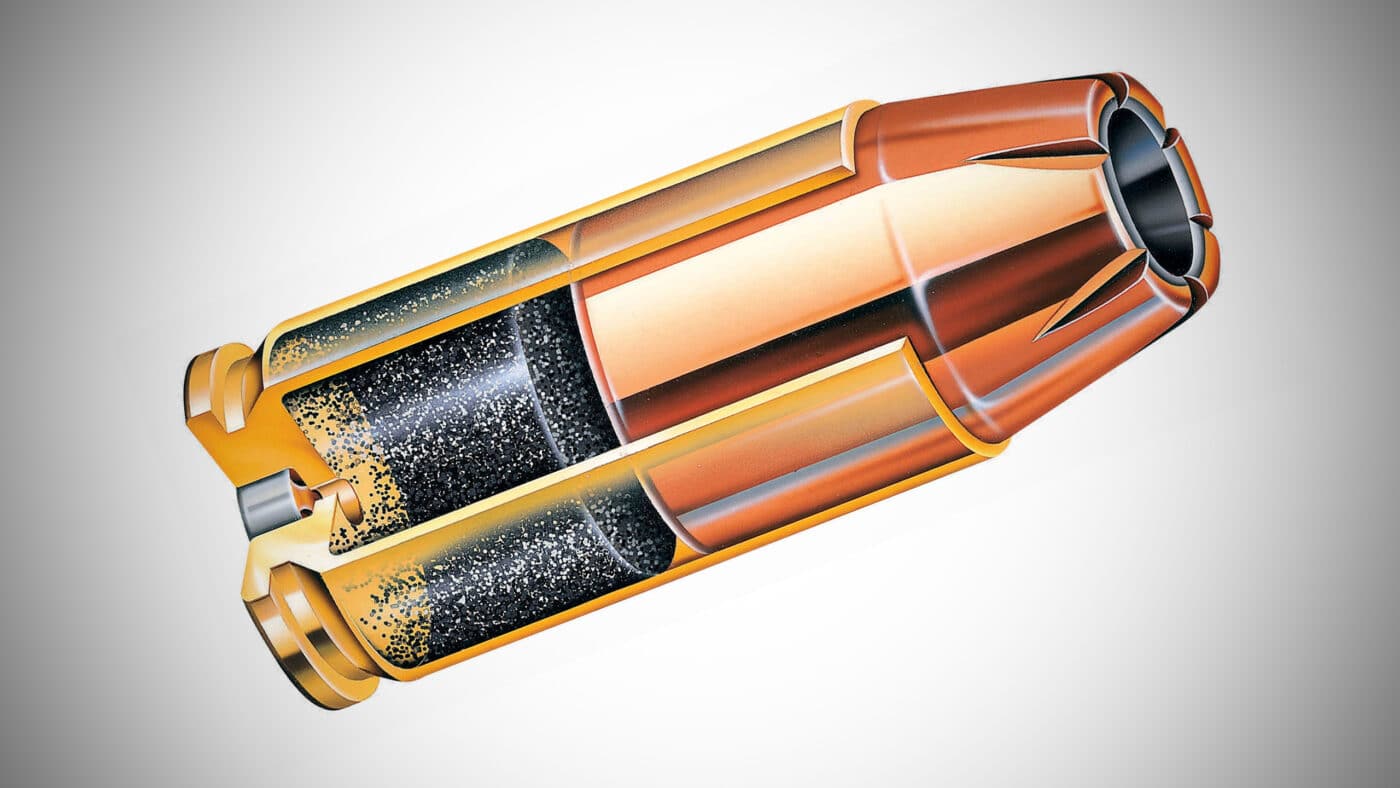
Although there are a variety of different centerfire cartridges — 9mm, 45 Auto, .223, and 5.56, to name just four very popular ones — technically speaking there are four primary parts to any pistol or rifle cartridge: Bullet, case, powder and primer. To add a little variety to the conversation, I would point out that rimfire cartridges like .22 Long Rifle (or “22 LR”) have a primer mix built into the rim.
Bullet — The Projectile
The bullet is the projectile that comes spinning out of the muzzle of a rifle or pistol barrel. Bullets come in different shapes and weights. Bullet weights are measured in grains. There are a variety of different bullet types depending on the popularity of the caliber.
For instance, in 9mm alone there is a wide range of options, most commonly from 115-gr. FMJs (full metal jacket) to 147-gr. JHP (jacketed hollow points), and a whole lot more. You choose a bullet type depending on its specific purpose and your needs.

Are you training? Are you concealed carrying? Is your gun in the bedside table ready to serve for home defense? Target shooting and hunting are other applications that use specifically designed bullets.
Keeping with our 9mm example, most 9mm bullets have a lead core surrounded by a thin copper jacket. The jacket allows the bullet to be driven at higher velocities (and reduces fouling in the bore). Lead-free bullets omit the lead and are usually made from a copper alloy.
A good training bullet option are FMJ bullets. These bullets have a rounded nose and are designed to run smoothly and reliably in most pistols. They are also generally inexpensive. The most common 9mm FMJ bullets weights are 115, 124, and 147 grains.
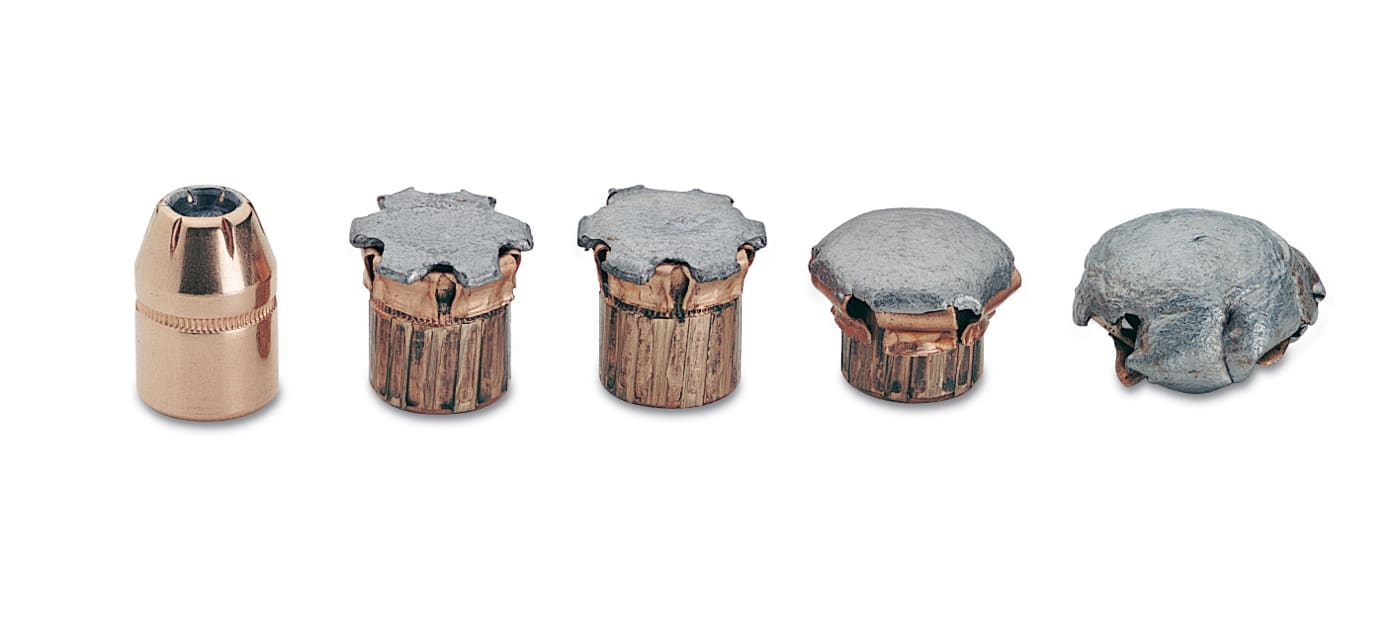
A good approach is to choose a bullet based on how it cycles in your gun. The 115-gr. bullets will have a higher velocity, while a heavier bullet like a 147-grain bullet has reduced velocity but more impact on target. It’s all about Newton’s third law: “To every action, there is always opposed an equal reaction…”
Hollow point bullets have an open tip that is designed to peel back or “mushroom” upon impact to provide optimal terminal performance. Each ammunition manufacturer puts their own spin on bullet design, but the basic design approach is very similar. Choose a hollow point bullet for defensive use. Again, popular 9mm hollow point bullet weights are 115, 124, and 147 grains.
Case — Holds Everything Together
The case holds all the cartridge components together, orientating the bullet with the barrel’s bore. It also offers a dry place for the primer to spit a spark through the flash hole to ignite the enclosed powder to generate the pressure to send the bullet down the bore and out the barrel.
The case is usually made of brass, but there is inexpensive ammunition made with steel or aluminum cases. Some premium ammunition is nickel-plated. The nickel plate provides a slicker surface for better cycling.
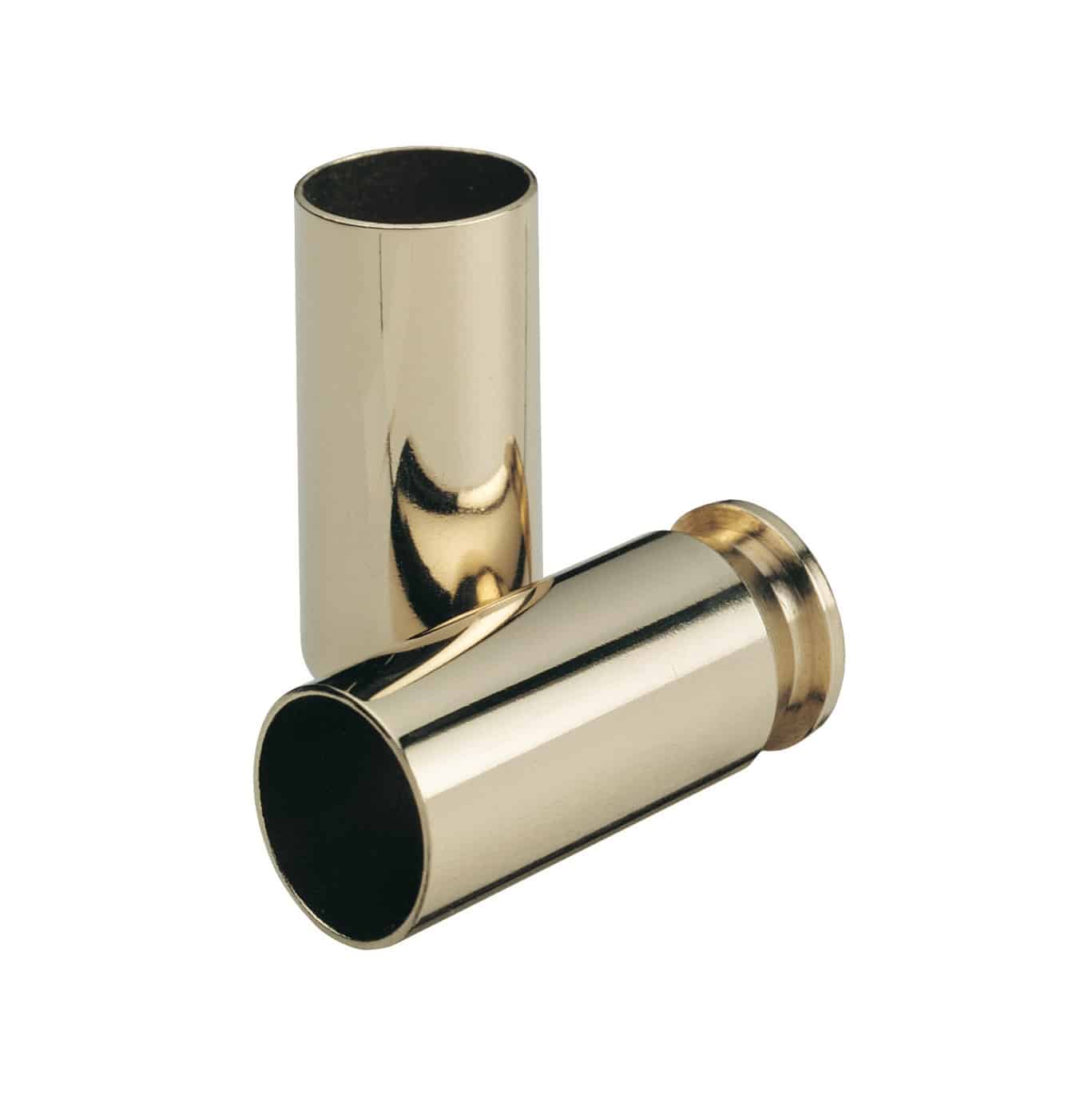
A case has a mouth, which is the open end that holds the bullet. The body of the case holds the powder, and the case head holds the primer and has a rim of some sort. The rim is what the handgun or rifle extractor claws during ejection to pull the case out of the chamber. The head also contains the head stamp, or writing that identifies the caliber and the manufacturer.
Case sizes and shapes vary depending on caliber. Centerfire cases fall into two categories: either bottleneck or straight wall. A bottleneck cartridge has a distinct shoulder that necks down from the case body diameter to a smaller mouth.
An example of rifle bottleneck cartridges is the 5.56 and 6.5 Creedmoor for rifles. Bottleneck pistol cartridges are much more rare. Most rifle cartridges have a bottleneck case design. Straight wall cartridges have a body and neck of the same size. Examples of a straight wall cartridge is the 9mm and .45 Auto for pistols, and the 350 Legend for rifles.
The rim on the head of the case has several configurations. Rimmed cases have a rim that protrudes past the case body. Calibers like .22 LR and .38 Special use a rimmed case. “Rimless” cases do actually have a rim, but it is the same diameter as the case body. It features a groove for the extractor to grab down into. The .380 Auto, 9mm, .45 Auto and 10mm Auto are all “rimless” pistol calibers. Examples of rimless rifle calibers include 5.56 and .308 Winchester.
Semi-rimmed case have a rim slightly larger than the case body. Pistol calibers like .25 Auto and .32 ACP are semi-rimmed, as well as some rifle calibers. Lastly, there are belted rimless cases that have a belt that is thicker than the body diameter, located just in front of the extractor groove. These cases are mainly used in magnum rifle calibers like 7mm Remington Magnum.
Powder — The Propellant
Powder is the propellant. All modern cartridges use smokeless powder that is made up of either nitrocellulose or nitrocellulose and nitroglycerin. Very explosive stuff.
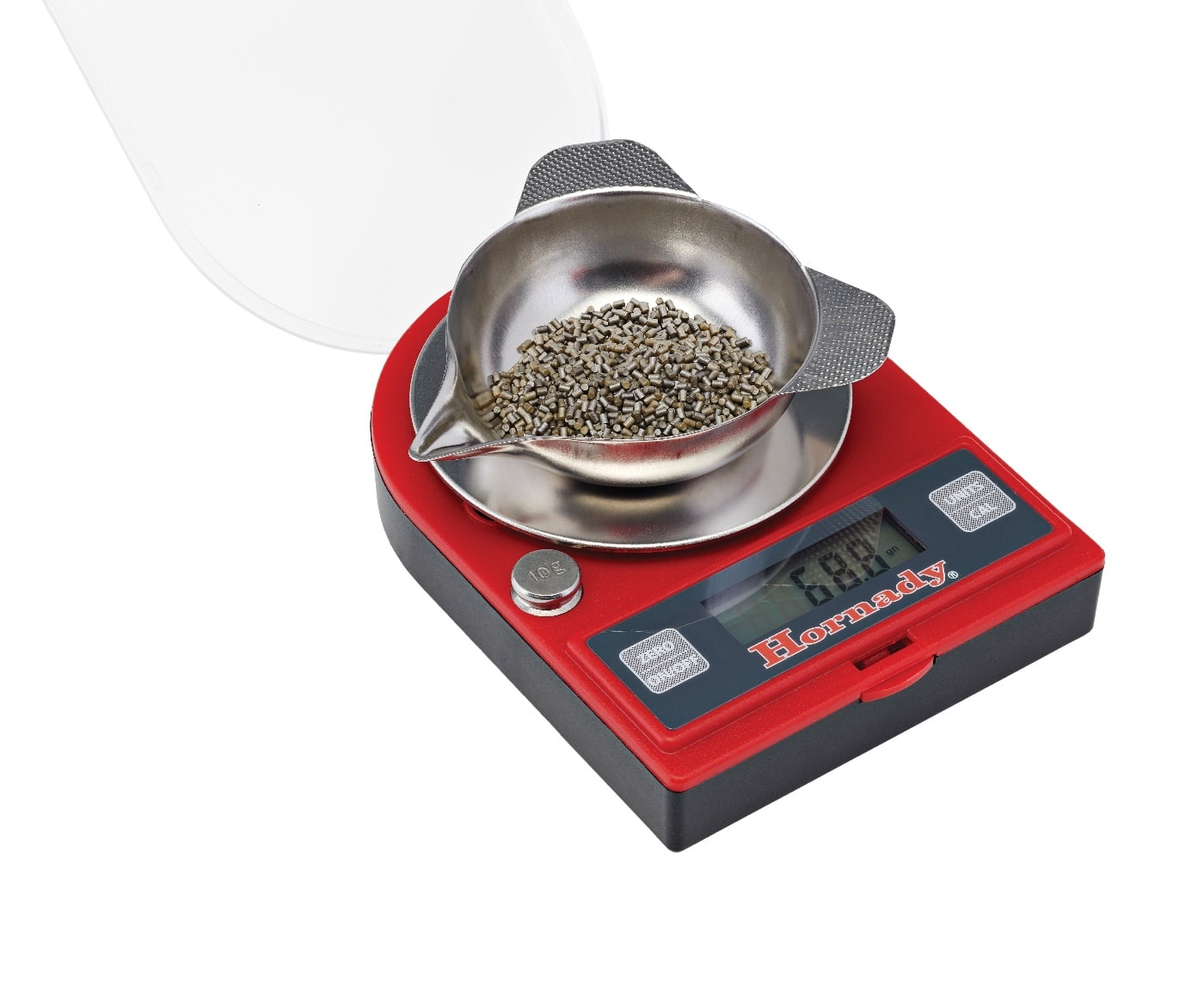
The top line with all powders is that they burn at different rates; some slow, some very fast, to create gas that propels the bullet through the bore. Depending on the chambering, powder will have different coatings and come in different shapes depending on the purpose of the caliber.
Primer — Ignition Source
The primer, as the name implies, ignites the powder via a flash hole in the base of the cartridge case. A primer is a tiny metal cup that is filled with priming compound with an anvil placed over it. When you press the trigger, the firing pin is released and sharply hits and dents the primer cup against the anvil to ignite the primer compound.
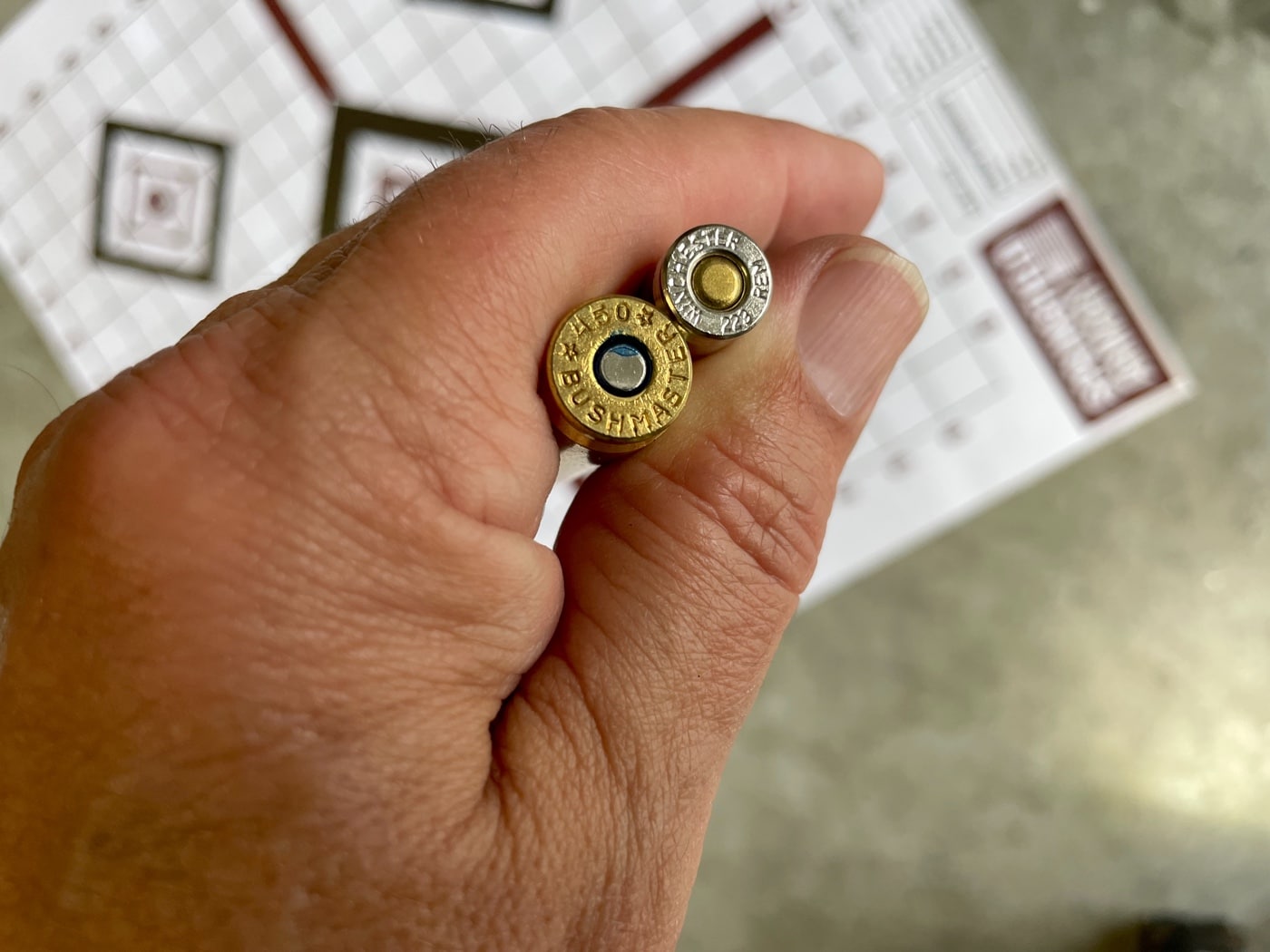
For centerfire cartridges, the primer is located in the center of the case head, hence the name centerfire cartridge. In rimfire cases, the priming powder is embedded inside the case within the rim. The rimmed portion of the case works similar to that of a centerfire primer, but the priming compound is located around the entire rim.
Conclusion
So there you have it. There are four components to every pistol and rifle cartridge. And the next time your pal asks to borrow some bullets, just hand him some cartridges, because that’s what he actually means.
Editor’s Note: Please be sure to check out The Armory Life Forum, where you can comment about our daily articles, as well as just talk guns and gear. Click the “Go To Forum Thread” link below to jump in and discuss this article and much more!
Join the Discussion
Continue Reading
Did you enjoy this article?

 370
370





